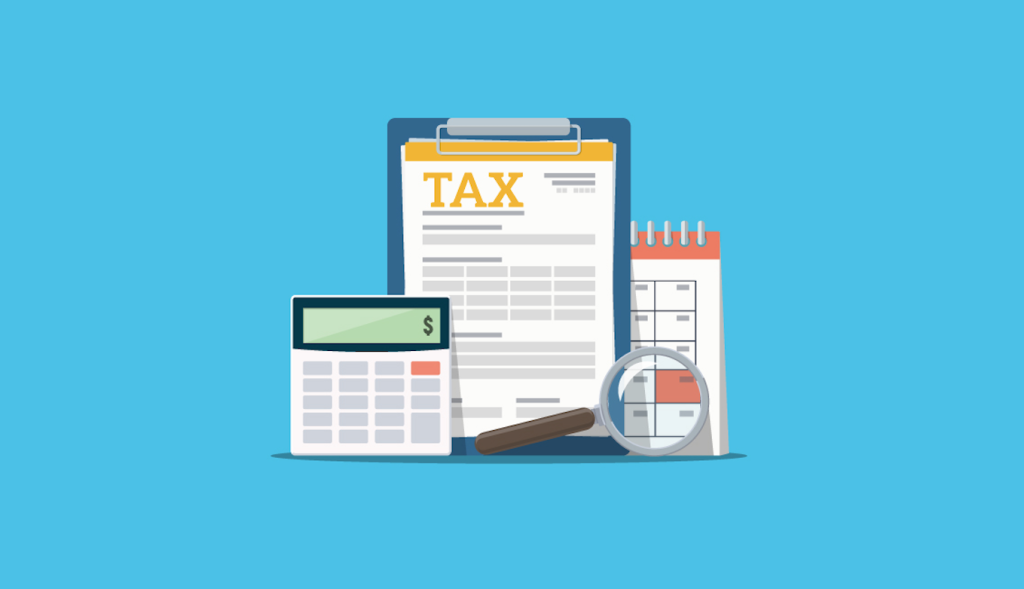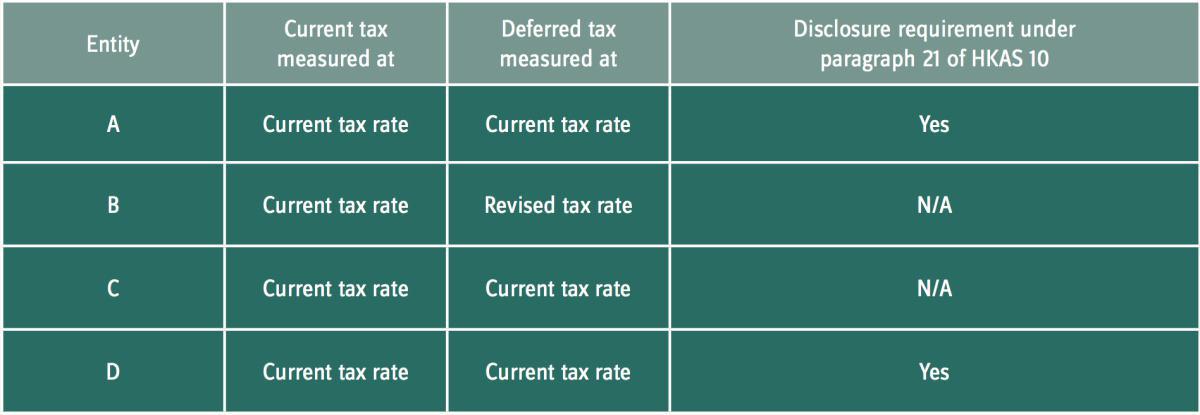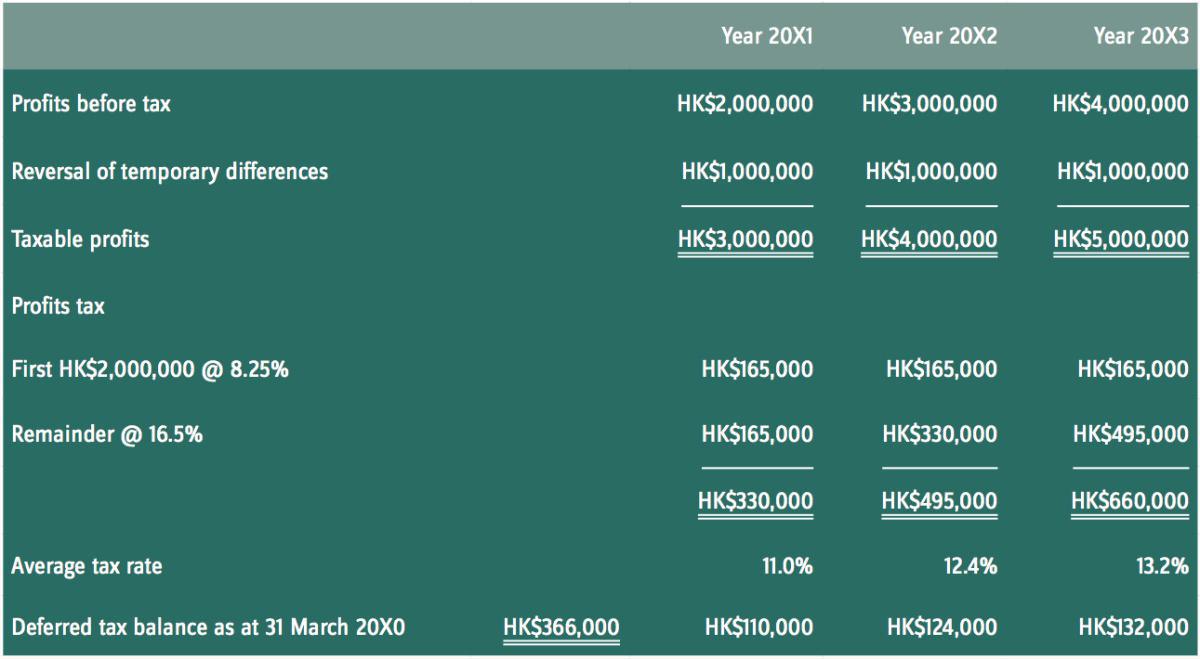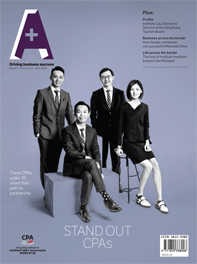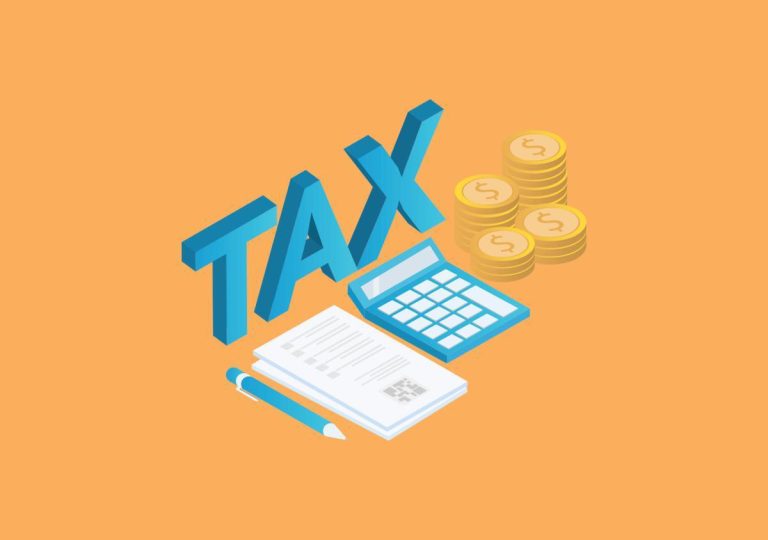Hong Kong Chief Executive Carrie Lam’s maiden Policy Address in October 2017 set out her plans to introduce a two-tiered profits tax regime. The regime halves the tax rates for the first HK$2 million of assessable profits of corporations and unincorporated businesses (mainly sole proprietorships and partnerships) and will apply from the year of assessment 2018/19.
HKAS 12 on tax liabilities and assets
The relevant paragraphs in Hong Kong Accounting Standard (HKAS) 12 Income Taxes setting out the requirements for measuring the current and deferred tax assets and liabilities are reproduced below:
Paragraph 46 of HKAS 12 states that “Current tax liabilities (assets) for the current and prior periods shall be measured at the amount expected to be paid to (recovered from) the taxation authorities, using the tax rates (and tax laws) that have been enacted or substantively enacted by the end of the reporting period.”
Paragraph 47 states that “Deferred tax assets and liabilities shall be measured at the tax rates that are expected to apply to the period when the asset is realized or the liability is settled, based on tax rates (and tax laws) that have been enacted or substantively enacted by the end of the reporting period.”
Paragraph 48 states that “Current and deferred tax assets and liabilities are usually measured using the tax rates (and tax laws) that have been enacted. However, in some jurisdictions, announcements of tax rates (and tax laws) by the government have the substantive effect of actual enactment, which may follow the announcement by a period of several months. In these circumstances, tax assets and liabilities are measured using the announced tax rate (and tax laws).”
Question 1: In Hong Kong, at which point in time are tax rates “substantively enacted” for the purposes of HKAS 12?
Answer:
According to the Basic Law of Hong Kong Special Administrative Region (HKSAR), after a bill has been gazetted, it has to pass through three readings in the Legislative Council (LegCo) before it is enacted. A bill is subject to debate and vote in the Second and Third Readings. If a bill is rejected during either of those Readings, no further proceedings shall be taken on it. A bill passed by LegCo after the Third Reading shall take effect only after it is signed and promulgated by the Chief Executive.
If the Chief Executive refuses to sign a bill which has passed the Third Reading, then the following articles of the Basic Law are applicable:
Article 49 of the Basic Law states that “If the Chief Executive of the Hong Kong Special Administrative Region considers that a bill passed by the Legislative Council is not compatible with the overall interests of the Region, he or she may return it to the Legislative Council within three months for reconsideration. If the Legislative Council passes the original bill again by not less than a two-thirds majority of all the members, the Chief Executive must sign and promulgate it within one month, or act in accordance with the provisions of Article 50 of this Law.”
Article 50 states that “If the Chief Executive of the Hong Kong Special Administrative Region refuses to sign a bill passed the second time by the Legislative Council, or the Legislative Council refuses to pass a budget or any other important bill introduced by the government, and if consensus still cannot be reached after consultations, the Chief Executive may dissolve the Legislative Council.”
Article 52 states that “The Chief Executive of the Hong Kong Special Administrative Region must resign under any of the following circumstances:
(1) When he or she loses the ability to discharge his or her duties as a result of serious illness or other reasons; (2) When, after the Legislative Council is dissolved because he or she twice refuses to sign a bill passed by it, the new Legislative Council again passes by a two-thirds majority of all the members the original bill in dispute, but he or she still refuses to sign it; and (3) When, after the Legislative Council is dissolved because it refuses to pass a budget or any other important bill, the new Legislative Council still refuses to pass the original bill in dispute.”
Following the Hong Kong legislative process, a bill or law in Hong Kong is enacted only when it has been signed and promulgated by the Chief Executive. To our knowledge, there is no history of a Chief Executive returning bills passed by LegCo (i.e. after Third Reading) for reconsideration since the establishment of the HKSAR. For the purpose of accounting for income taxes, a bill is considered to be substantively enacted after passing the Third Reading (substantive enactment date). This is because the legislative procedures after the Third Reading appear to be a formality, and based on all the facts available to date, there is usually reasonable certainty that a bill will be passed in law after the Third Reading.
Should new information come to light, the point in time of “substantive enactment” will be reassessed.
Question 2: In general, what is the accounting impact on financial statements with accounting periods that end before, on or after the substantive enactment date of the revised tax rates?
Answer:
Current and deferred tax assets and liabilities should be measured at the tax rates that have been enacted or substantively enacted at the end of the reporting period. Current tax assets and liabilities are measured at the tax rate applicable in the year of tax assessment period, while deferred tax assets and liabilities are measured at the tax rates that are expected to apply to the period when the corresponding temporary differences are expected to reverse (paragraphs 46 and 47 of HKAS 12).
Financial statements with accounting periods that end before, but are authorized for issue after, the substantive enactment date should disclose the nature and an estimate of the financial effect of those changes if the impact is expected to be significant; or a statement that such estimate cannot be made (paragraph 21 of HKAS 10 Events after the Reporting Period).
Background to the 2018 two-tiered profits tax regime
On 21 March, a two-tiered profits tax regime, the Inland Revenue (Amendment) (No. 7) Bill 2017 (the bill), was passed after LegCo’s Third Reading. It was then signed by the Chief Executive on 29 March.
The bill reduces the tax rates for the first HK$2 million of assessable profits of corporations and unincorporated businesses (mainly sole proprietorships and partnerships) and applies from the year of assessment 2018/19 (i.e. tax assessment years commencing on or after 1 April 2018; profits taxpayers are allowed to choose any accounting year end date which may not coincide with the year of assessment). The applicable tax rates are as presented in the table below.
The amendment only allows a group of “connected entities” to nominate one entity to apply the reduced tax rate for a given year of assessment.
In addition, the amendment contains a provision to avoid double bene ts to exclude corporations which have elected to be subject to the reduced tax rate for profits derived from their businesses of professional reinsurance, captive insurance, corporate treasury centres and aircraft leasing. Furthermore, interest, gains or profits derived from qualifying debt instruments that are already subject to tax at half-rates under the existing provisions are excluded from the amendment.
Question 3: What is the accounting impact of the 2018 two-tiered profits tax regime on financial statements?
Answer:
Although the bill was signed by the Chief Executive on 29 March, with reference to Question 1, the two-tiered profits tax regime was substantively enacted on 21 March after passing the Third Reading.
For financial statements with accounting periods that ended before, but authorized for issue, after 21 March 2018
The relevant paragraphs in respective standards as below apply:
Paragraph 21 of HKAS 10 Events after the Reporting Period states that: “If non-adjusting events after the reporting period are material, non-disclosure could influence the economic decisions that users make on the basis of the financial statements. Accordingly, an entity shall disclose the following for each material category of non-adjusting event after the reporting period: (a) the nature of the event; and (b) an estimate of its financial effect, or a statement that such an estimate cannot be made.”
Paragraph 10 of Section 32 Events after the End of the Reporting Period ofHong Kong Financial Reporting Standard (HKFRS) for Private Entities states that “An entity shall disclose the following for each category of non-adjusting event after the end of the reporting period: (a) the nature of the event; and (b) an estimate of its financial effect or a statement that such an estimate cannot be made.”
Paragraph 8 of Section 17 Events After the End of the Reporting Period of the Small and Medium-sized Entity Financial Reporting Framework and Financial Reporting Standard(the SME standard) states that “Where non-adjusting events after the end of the reporting period are of such importance that non-disclosure would affect the ability of the users of the financial statements to make proper evaluations and decisions, an entity should disclose the following information for each significant category of non-adjusting event after the end of the reporting period: (a) the nature of the event; and (b) an estimate of its financial effect, or a statement that such an estimate cannot be made.”
With these requirements in mind, the entity should therefore disclose the nature of the tax changes and provide an estimate of the financial effect of those changes if the impact is expected to be significant, or a statement that such estimate cannot be made.
For financial statements with accounting periods that ended on or after 21 March 2018
The change has no impact on the determination of current tax before 1 April 2018 (i.e. for those accounting periods for which the tax assessment year of 2018/19 is not yet applicable, e.g. for a year ended 31 March 2018). Eligible entities should use the reduced tax rate to measure the current tax liabilities arising from their first HK$2 million assessable profit in the year of assessment 2018/19.
The measurement of deferred tax assets and liabilities will be affected by the change for the accounting periods ended on or after 21 March 2018, for financial statements prepared in accordance with HKFRS or HKFRS for Private Entities. The change is not applicable for financial statements prepared in accordance with the SME standard – as no accounting for deferred tax is required under the SME standard.
In the first financial accounting year that the deferred tax is calculated using the new tax rates, any adjustment to the deferred tax calculated in the prior year under the rates then in force is accounted for in the current period and not as a prior year adjustment. Accordingly, the comparatives are not restated.
Question 4: How to calculate the average tax rate for deferred tax purposes in the financial statements under the two-tiered profits tax regime?
Answer:
The following relevant paragraphs in respective standards apply:
Paragraph 49 of HKAS 12 states that “When different tax rates apply to different levels of taxable income, deferred tax assets and liabilities are measured using the average rates that are expected to apply to the taxable profit (tax loss) of the periods in which the temporary differences are expected to reverse.”
Paragraph 28 of Section 29 Income Tax under HKFRS for Private Entities states that “When different tax rates apply to different levels of taxable profit, an entity shall measure deferred tax liabilities (assets) using the average enacted or substantively enacted rates that it expects to be applicable to the taxable profit (tax loss) of the periods in which it expects the deferred tax liability to be settled (deferred tax asset to be realized).”
After the introduction of the two-tiered profits regime, management will need to determine the rate by estimating the entity’s future annual assessable profits and place special attention on when reversing of temporary differences for measuring the deferred tax assets/liabilities in the financial statements.
The following example illustrates the calculation of the average tax rate:
An entity is entitled to the reduced profits tax rate under the two-tiered pro ts tax regime for the first HK$2,000,000 of its taxable profits. It has taxable temporary differences in total of HK$3,000,000 as at 31 March 20X0 which are expected to reverse evenly throughout the coming three years.
The entity estimates its profits before tax for the coming three years 20X1, 20X2 and 20X3 are HK$2,000,000, HK$3,000,000 and HK$4,000,000 respectively. See calculation in the table below.
By applying the average tax rate, the deferred tax balance as at 31 March 20X0 is HK$366,000 compared to HK$495,000 (HK$3,000,000 x 16.5 percent) if there was no two-tiered profits tax regime.
The questions and answers have been developed by the Institute’s Financial Reporting Standards Committee (FRSC) and are for general reference only. The Institute, FRSC and their staff do not accept any responsibility or liability in respect of the Q&As and any consequences that may arise from any person acting or refraining from action as a result of any materials in the Q&As. Members of the Institute and other users of these Q&As should also read the original text of HKAS 12 Income Taxes, as found in the Members’ Handbook. For further reference and seek professional advice where necessary when applying the guidance contained in these Q&As.
This article is contributed by the Institute’s Standard Setting Department.






